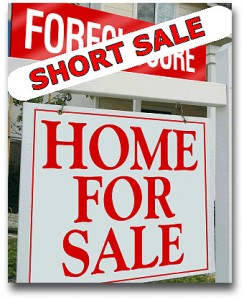In addition, the RealtyTrac report shows that sales of homes that were in some stage of foreclosure or bank owned accounted for 31 percent of all U.S. residential sales in the second quarter, a 36 percent decrease from the first quarter.
Third parties were the biggest beneficiaries of the pre-foreclosure market, purchasing a total of 265,087 homes in the second quarter. This is a 6 percent increase from the first quarter.
Sales prices of the homes were down across the board. The average sales price in the second quarter was $164,217, down less than 1 percent from the first quarter and nearly 5 percent from the second quarter of 2010. For context, the average sales price for these homes was 32 percent below the average sales price of regular properties.
James Saccacio, the chief executive officer of RealtyTrac, said the data shows a clear intent from the housing market to efficiently decrease inventories.
“The jump in pre-foreclosure sales volume, coupled with bigger discounts on pre-foreclosures and a shorter average time to sell pre-foreclosures, all point to a housing market that is starting to focus on more efficiently clearing distressed inventory through more streamlined short sales — at least in some areas,” Saccacio said. “This gives distressed homeowners who do not qualify for loan modification or refinancing — or who are not interested in those options and want to sell — a better chance of completing a short sale to avoid foreclosure.”
States with the biggest quarterly increases in pre-foreclosure home sales were Nevada with a 43 percent increase, Washington with a 39 percent increase, California with a 38 percent increase, and Texas with a 34 percent increase.

